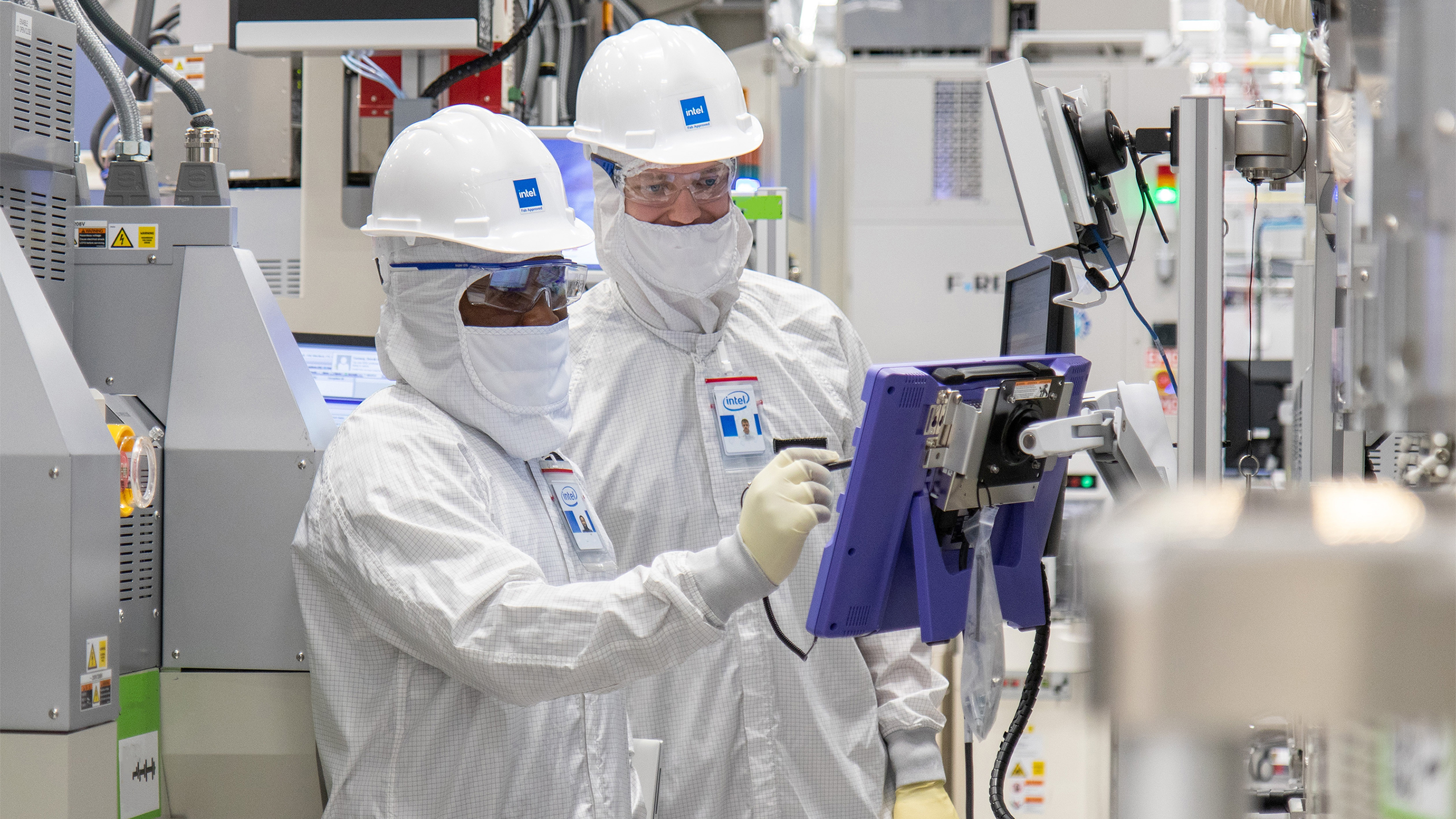Chinese companies unveil a swathe of breakthrough chipmaking innovations at tradeshow — chipmaking lithography tools, software design tools, and resists all on display as the nation pursues self-sufficiency

A number of Chinese companies introduced their semiconductor-related innovations at the ongoing WeSemiBay Semiconductor Ecosystem Expo in Shenzhen, China. Amies Technologies, a spinoff from Shanghai Micro Electronics Equipment (SMEE), introduced its new set of tools, including a lithography tool for compound semiconductors, according to SCMP. Various subsidiaries of SiCarrier, a company backed by Huawei and the Chinese government, introduced advanced EDA tools and photoresists that can even be used for EUV lithography, reports Digitimes.
At the event, Amies, a subsidiary of SMEE that specializes in a broader set of equipment beyond lithography, demonstrated its lithography tools for production of compound semiconductors, such as such as gallium arsenide (GaAs), gallium nitride (GaN), or indium phosphide (InP); laser-annealing systems; advanced inspection tools and solutions for packaging and wafer bonding, according to South China Morning Post. Amies was formed in early 2025, but it has already shipped over 500 lithography steppers.
SiCarrier's design arm, Qiyunfang Technology, introduced two home-grown EDA software platforms built on domestic intellectual property. According to the manufacturer, these tools increase design efficiency by 30% and shorten hardware development cycles by 40% compared to tools from leading developers like Cadence, Synopsys, and Siemens EDA tools that can be shipped to China. Over 20,000 engineers are purportedly already using the software to develop chips, though China's EDA self-sufficiency is barely higher than 10%.
Although there are no ASML EUV lithography tools in China due to the US ban, and it is hard to expect domestic companies to come up with such systems any time soon, SiCarrier's materials subsidiary Skyverse Technology has presented a photoresist that can be used for EUV production. The company has filed several patents that describe tin-oxide metal-cluster chemistries and patterning resolutions from 3nm to 50nm. While the filings refer to e-beam and DUV exposure rather than EUV by name, their technical characteristics are similar to those produced by JSR, a leading supplier of photoresists for production using EUV tools.
Interestingly, most inventors listed on Skyverse's applications are 'undisclosed,' which indicates confidential research partnerships and possible state-supported collaboration.
Another SiCarrier subsidiary, Long Sight, presented a 90 GHz real-time oscilloscope that marks a five-fold improvement over previous Chinese models. The system enables precise signal-integrity analysis for 3nm and 5nm-class process technologies, which will be useful for SMIC and potential Huawei fabs that will make chips on such nodes in the next several years.

Follow Tom's Hardware on Google News, or add us as a preferred source, to get our latest news, analysis, & reviews in your feeds.
Get Tom's Hardware's best news and in-depth reviews, straight to your inbox.

Anton Shilov is a contributing writer at Tom’s Hardware. Over the past couple of decades, he has covered everything from CPUs and GPUs to supercomputers and from modern process technologies and latest fab tools to high-tech industry trends.